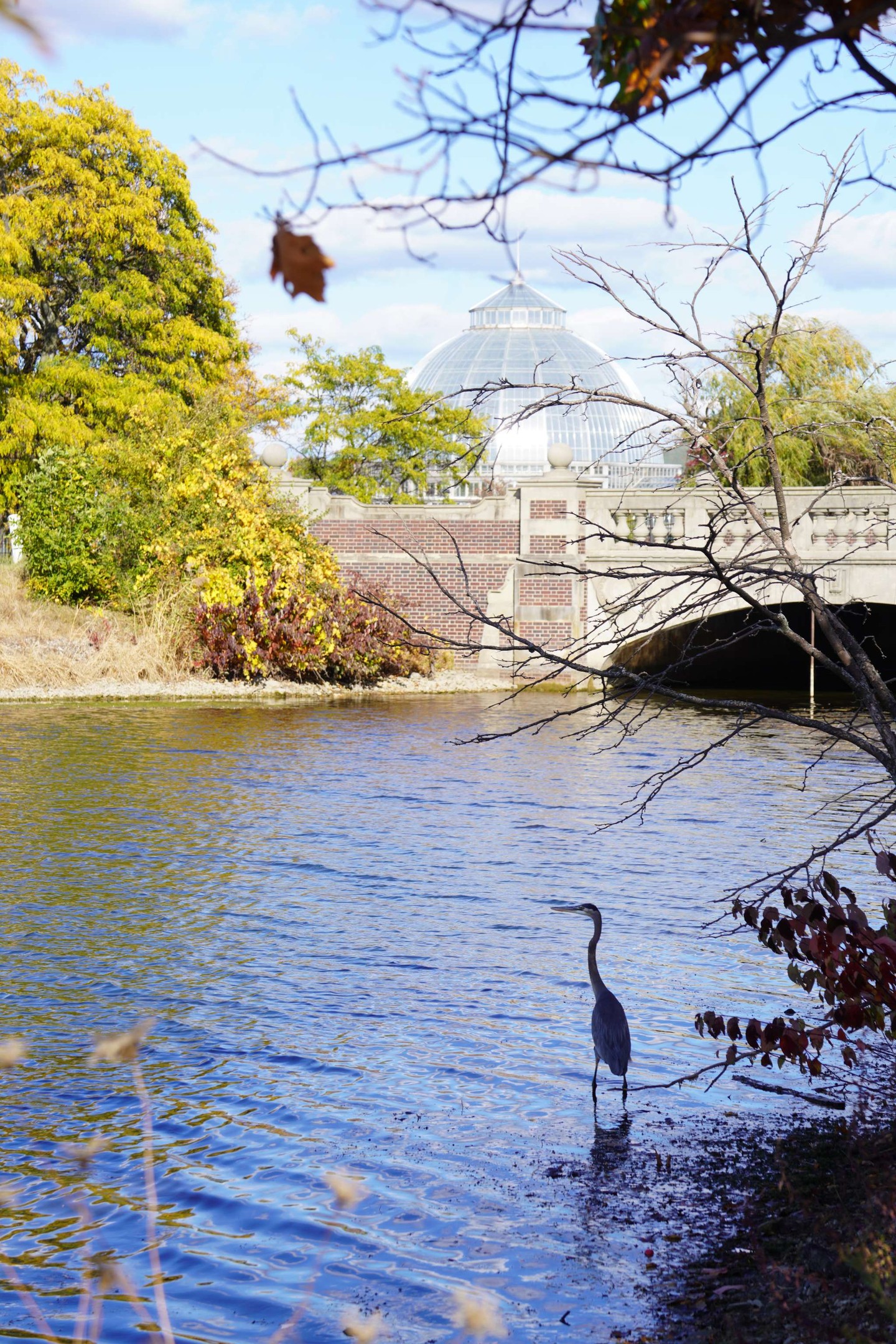- Overview of Detroit Zoo and John Ball Zoo
- Significance of the City Nature Challenge
- Wildlife conservation efforts by both zoos
- How to participate in spotting wild species
- Benefits of participating in the challenge
The Detroit Zoo is an iconic fixture in Michigan, known for its vast array of species and dedication to wildlife conservation. Located in Royal Oak, Michigan, the Detroit Zoo spans 125 acres and hosts over 2,000 animals representing 233 species. It is renowned not only for its size but also for its innovative approaches towards animal care and education. The zoo’s mission prioritizes animal welfare and environmental stewardship, aiming to inspire visitors to respect and protect the natural world.
In contrast, the John Ball Zoo is a beloved institution in Grand Rapids, Michigan. Although more compact, it provides an intimate experience with a diverse collection of animals. Spanning 31 acres, it features over 1,500 creatures from 200 species. The zoo is deeply ingrained in the local community, offering educational programs that emphasize ecological responsibility and sustainability.
One of the most exciting events these institutions participate in is the City Nature Challenge. This friendly competition encourages residents from both regions to engage with their environments by documenting wild species. The challenge not only promotes citizen science but also enhances public awareness of the biodiversity that exists in urban areas. Participants contribute valuable data on local flora and fauna, aiding conservation efforts and enriching scientific research.
Wildlife conservation is a focal point for both the Detroit Zoo and John Ball Zoo. The Detroit Zoo has launched several groundbreaking initiatives, such as the Center for Zoo Animal Welfare and Ethics (CZAW) and the Berman Academy for Humane Education. These programs focus on animal welfare standards and foster empathy towards animals through educational outreach.
Similarly, the John Ball Zoo supports numerous conservation projects. The "Protect Wild Animals and Places Global Conservation" initiative directs efforts and resources internationally to preserve endangered species and their habitats. Locally, their programs focus on conservation education and habitat restoration, highlighting the importance of maintaining ecosystems.
To participate in the City Nature Challenge, residents are encouraged to use the iNaturalist app, a platform that allows users to document and share observations of wild species. This crowdsourced information becomes part of a global database, which scientists and researchers use to track biodiversity trends over time. Participants are advised to snap photographs of various plants, insects, birds, and fungi in their areas, contributing to this citizen-driven scientific initiative.
More than just a competition, the event fosters a deeper understanding of and appreciation for biological diversity in urban settings. By contributing, individuals earn the chance of winning prizes, but more importantly, they gain bragging rights for their city. Beyond personal gain, participation strengthens community bonds and inspires a collective commitment to environmental conservation.
The implications of such activities are profound. They spark curiosity and a sense of wonder about the natural world, encouraging a lifelong interest in ecology and wildlife. The data gathered can influence policy decisions and promote sustainable practices in urban planning. These efforts ultimately help in preserving habitats and species for future generations.
Engagement in the City Nature Challenge demonstrates how everyday actions can support larger conservation goals. The contest underscores the role each individual can play in biodiversity preservation and environmental stewardship, making them active participants in zoological and ecological endeavors. Through the collaborative effort of spotting and identifying species, participants learn the significance of maintaining a balanced ecosystem, which benefits all forms of life.
As the event approaches, those involved are reminded of the opportunities local zoos present to learn about wildlife conservation. The Detroit Zoo and John Ball Zoo serve as educational resources, providing experiences that resonate beyond their physical boundaries. By combining recreation with an educational mission, these institutions remain pivotal in fostering a connection between visitors and the environment.
Ultimately, the Detroit Zoo versus John Ball Zoo City Nature Challenge acts as a catalyst for positive change, driving ecological awareness and action. This friendly rivalry inspires communities to embrace conservation, highlighting the extraordinary biodiversity in their neighborhoods, and demonstrating the power of collective action in preserving the planet’s natural heritage.
*****
Source Description
🌿 Detroit Zoo vs. John Ball Zoo🌿
From April 25-28, metro Detroit and the Detroit Zoo are squaring off against Grand Rapids and the John Ball Zoo in a friendly City Nature Challenge to see who can spot the most wild species. We think Detroit’s got this, but we need your help.
Think you can spot more than West Michigan? Prove it.
We’re talking wild plants, birds, bugs, fungi—anything that lives and grows outside.
Here’s how to help Team Detroit Zoo crush the competition:
✅ Snap pics of wild species (sorry, not your dog)
✅ Upload to the iNaturalist app
✅ Repeat until we win
Plus, you can expect:
💥 A prize for the top observer
💥 Bragging rights for the Detroit Zoo
👉 Learn more now on our website


